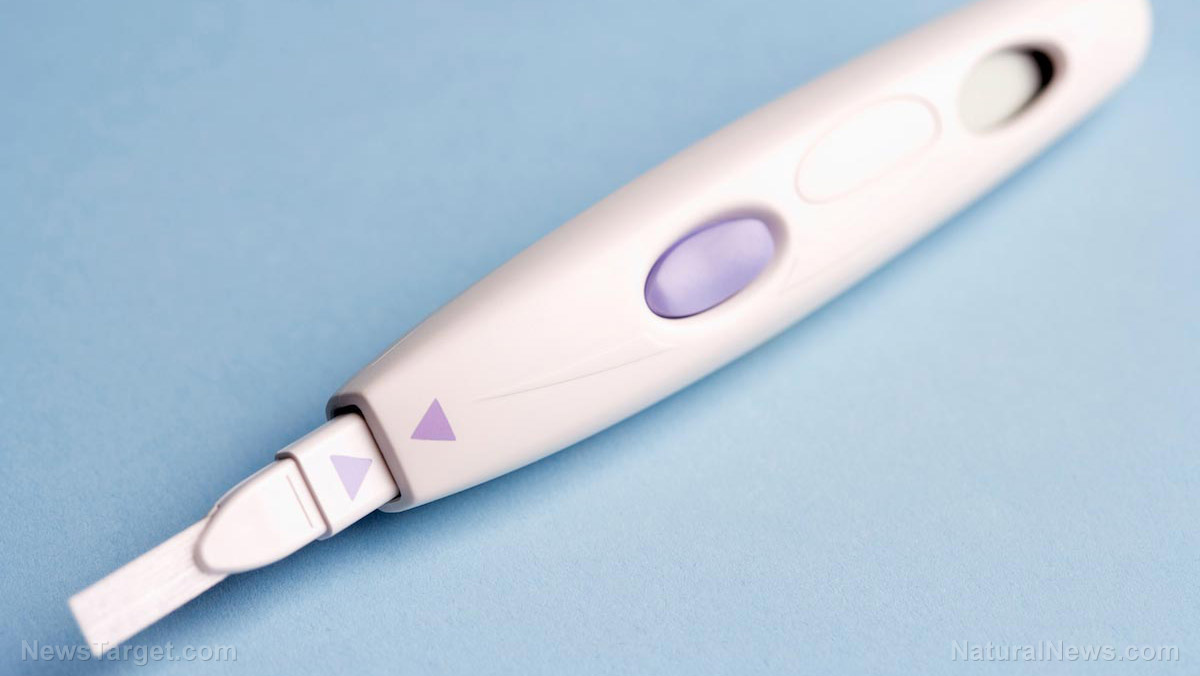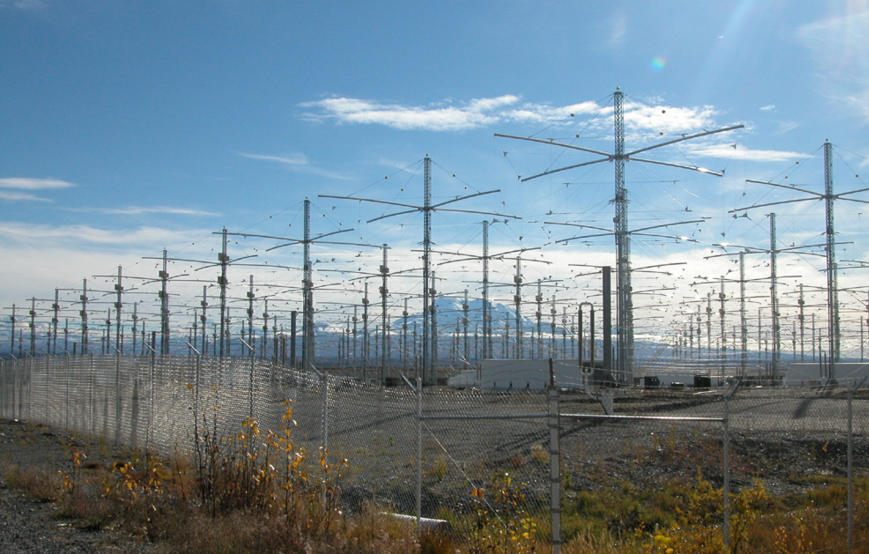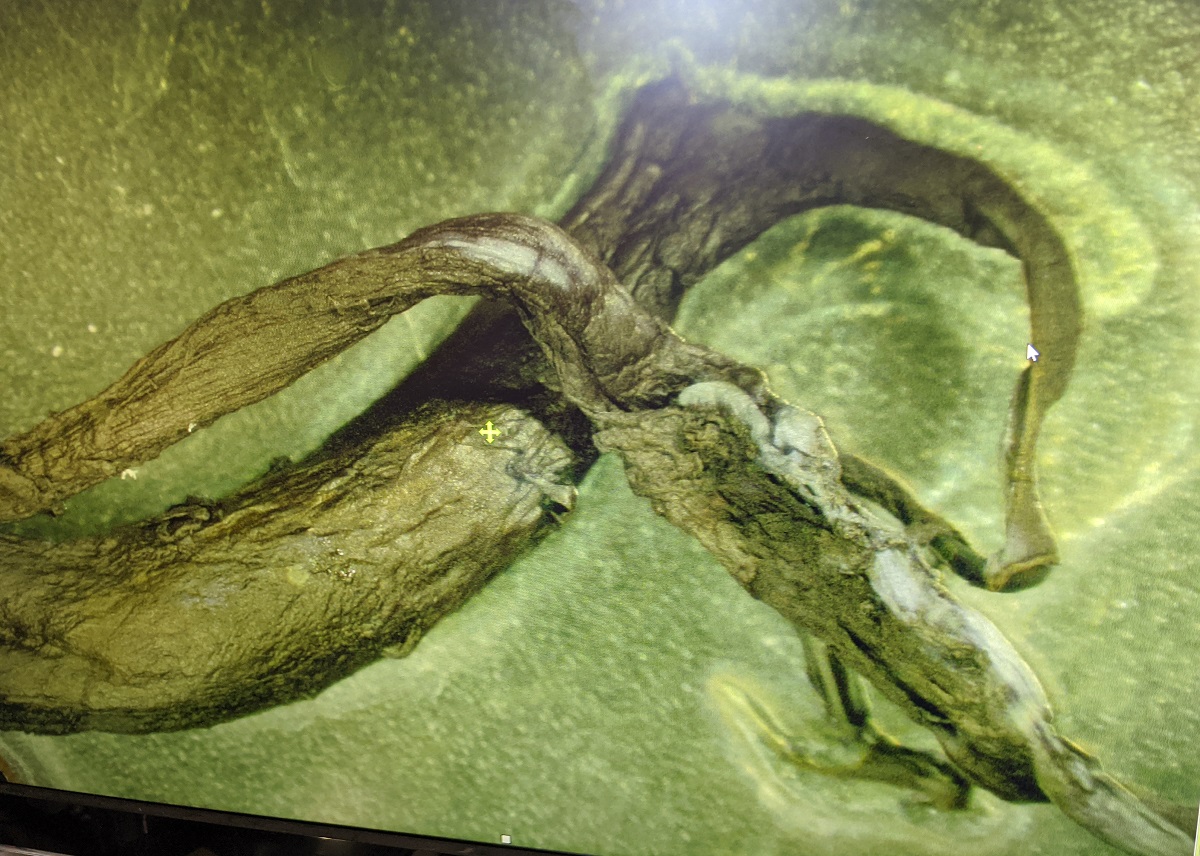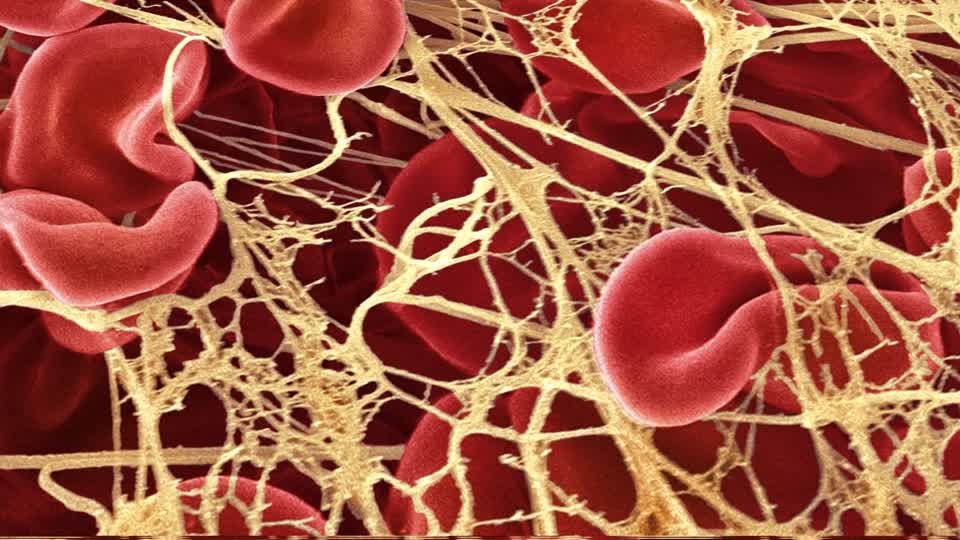Aerospace company CEO: Technology seen in sci-fi movie “2001: A Space Odyssey” needed for space travel
09/06/2022 / By Kevin Hughes
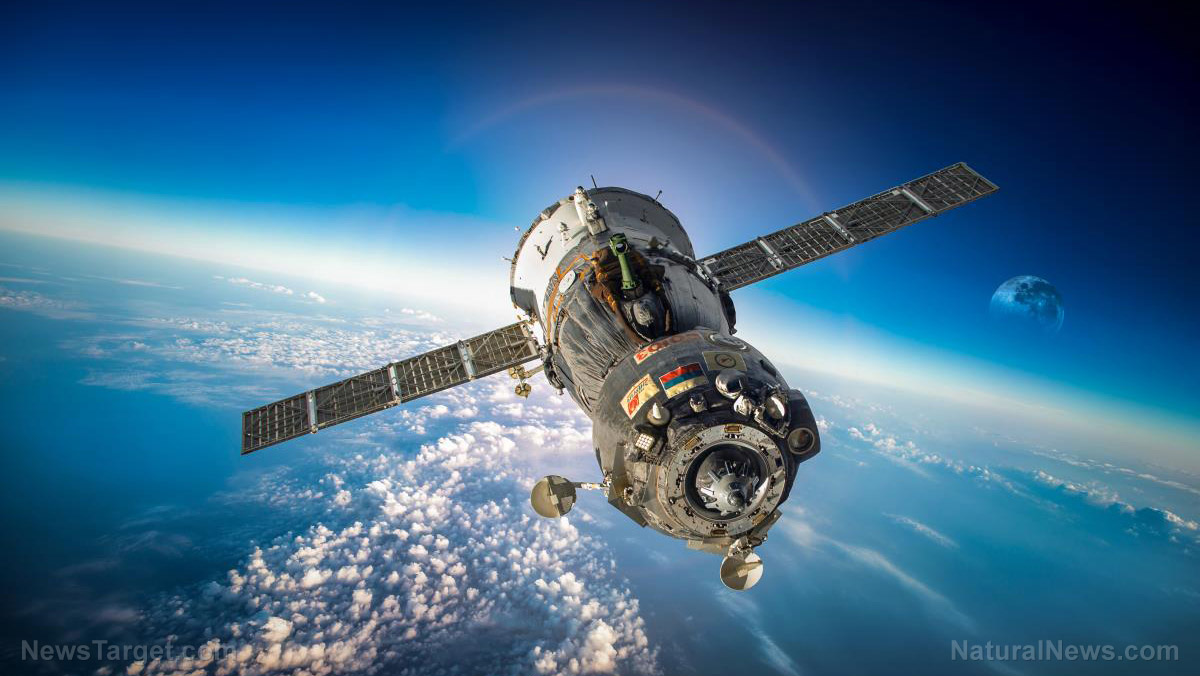
Chris Beskar, CEO of aerospace company Stavatti Aerospace, believes that the level of technology currently available needs to be similar to that of the 1968 science-fiction movie “2001: A Space Odyssey.”
“We’re still not there yet and we could be,” he told researcher and filmmaker David Wilcock. “So what do we do? So what do we do to get there? A basic achievement level of what we need to do as an aerospace company.”
“The minimum we need to do is reach that level of ‘2001: A Space Odyssey’ technology. If we can’t do that in our lifetimes, we failed.”
According to Beskar, the 1968 movie directed and produced by Stanley Kubrick emphasized achievable technologies. The Stavatti Aerospace CEO added that the Discovery One spacecraft featured in the movie can be built today, citing the fact that humanity has already reached the technology behind it. However, substantial investments are still needed to make Discovery One a reality.
He continued that the goal is not just to emulate the technology in “2001: A Space Odyssey” within the near term, but surpass it in the next three decades. This lines up with the overall goal for humanity to be able to travel in space, which his aerospace initiative seeks to achieve. While Beskar set a deadline of 2050 or much earlier for his endeavor, he expressed uncertainty about whether it will happen in his lifetime.
In spite of his optimism, Beskar lamented that the HAL 9000 computer depicted in the sci-fi movie is much further out than the artificial intelligence (AI) that the world has today. According to him, humanity is currently being sold on a lot of AI – which is really all about algorithms.
Beskar said Stavatti Aerospace has already submitted two proposals to the Defense Advanced Research Projects Agency. He also predicted that by 2100, humanity will have a starship or interstellar spacecraft that is capable of visiting other star systems. (Related: NASA planning space expedition in 2069 to search for life on Earth-like planets.)
Technology from UFOs now seeing widespread use on Earth
For his part, Wilcock told Beskar that unidentified flying objects (UFOs) are real, with the government even admitting to the American public that they do exist. According to Wilcock, the 1946 Roswell, New Mexico incident was real and that technologies recovered from the wreckage were reverse-engineered.
These technologies – which include Teflon, Velcro, fiber-optic cables, LED lights, infrared night vision and computer chips – are now being used everywhere.
In response to Wilcock’s question if there is a path for humanity to be able to benefit from extraterrestrial endowment on a mass level, Beskar responded in the affirmative. He shared key findings that Stravatti Aerospace discovered in the laboratories of the Wright Patterson Air Force Base in Ohio. Among these were materials made from different earth elements whose molecules were arranged.
According to the Stravatti Aerospace CEO, humanity will be able to design new compounds at the molecular level based on the endowment of advanced technology. Currently, the creation of new materials is done using a “hunt and peck” method. Getting the right combination of elements together to achieve an amazing material is now possible through this molecular engineering method, Beskar added.
Memory metals such as nitinol, which can crumple and unfold themselves, has also been a big topic in Stravatti Aerospace for a long time. Wilcock seconded his guest, adding that even the UFO community itself has been talking about memory metals.
Follow Space.news for more news about the latest technology on space travel.
Watch the conversation between David Wilcock, Chris Beskar and Jack Houck about space travel below.
This video is from the DavidWilcock333 channel on Brighteon.com.
More related stories:
Researchers discover how space travel weakens astronauts’ immune systems.
Space burial: Astronauts who die during Mars mission can be cremated by surviving crew members.
NASA releases stunning audio of eerie sounds taken from flyby of Jupiter’s moon, Ganymede.
Radiation from deep space is intensifying, affecting space weather and potential space travel.
Sources include:
Submit a correction >>
Tagged Under:
2001: A Space Odyssey, AI, artificial intelligence, computing, cosmic, David Wilcock, future science, future tech, interstellar spacecraft, memory metal, Roswell, Space, space travel, Stavatti Aerospace, UFO
This article may contain statements that reflect the opinion of the author




